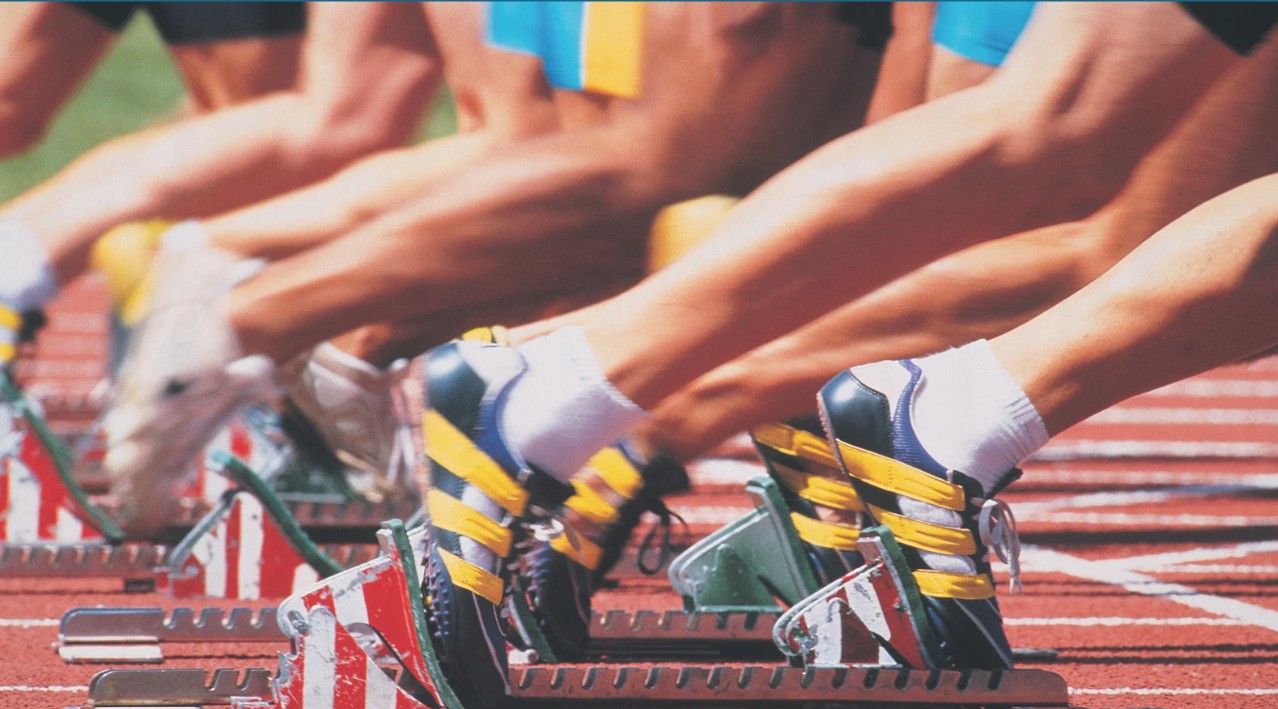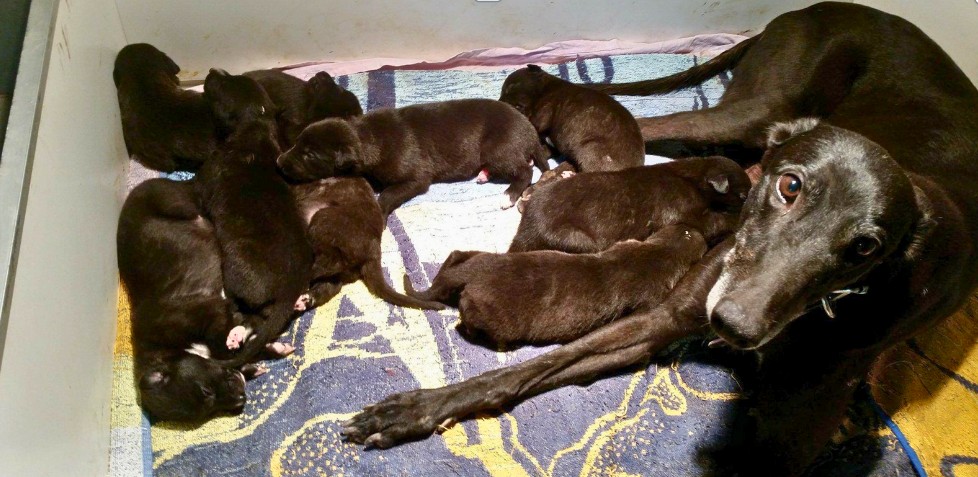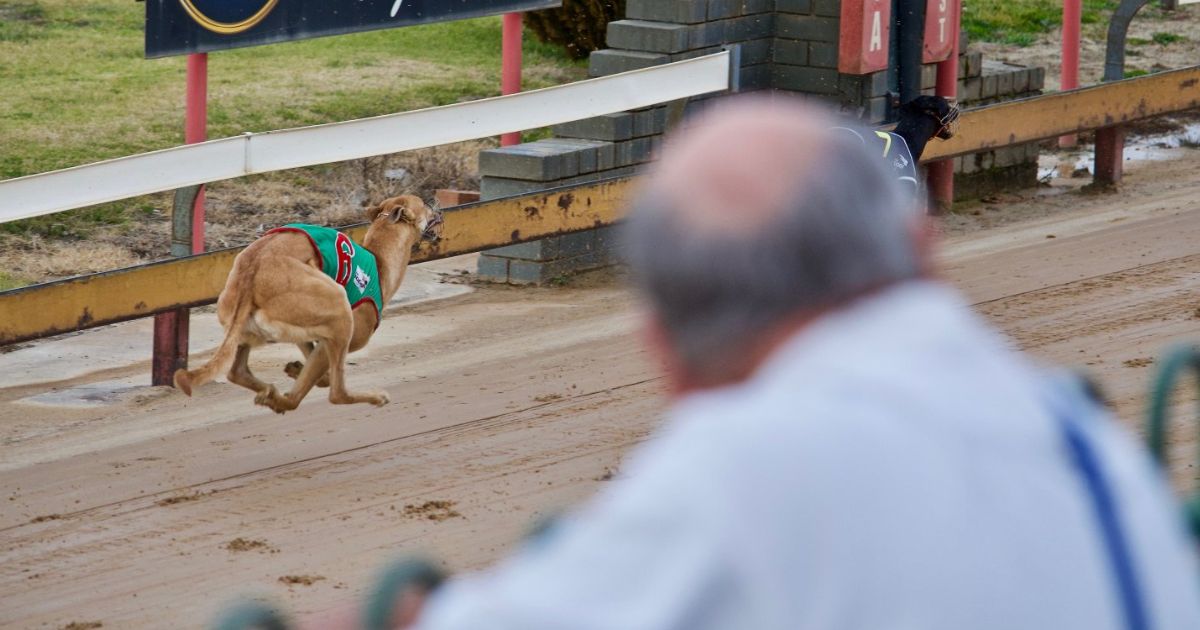by Warren Young, Coalition for the Protection of Greyhounds
This article starts with a fictional story
Liam and Amy are an average Australian married couple. They consider each other to be soul mates because they have so much in common. One passion they both share is the love of sport. They love all professional sports and regularly go to the footy to support their team. When Liam was at primary school, he discovered he was the fastest kid in the school, and won many 100m races at school carnivals. Amy played soccer at secondary school, and she boasts that no other player could catch her once she took off with the ball in her possession.
The ability to run fast meant that Liam and Amy really appreciated the sprint events at the Olympics. They both loved cheering Usain Bolt, and when they saw video footage of Cathy Freeman’s 400m Olympic gold medal run at the Sydney games, they were totally inspired. Although Liam and Amy had some natural speed, they never made it to an elite level, but they often dreamed about how good it would be to have their own child as a champion sprinter representing Australia in the Olympics.
They had their first child Bec, when Amy was only 19, and they figured that she has some “speed genes” that just might help her make it as a professional sprinter. They dreamed about how good it would be to be parents of a famous athlete and the financial gain that it would bring. As Bec participated in all sports at school, they realised she didn’t have what it takes to make it to the top as a sprinter. Although they loved Bec, they were secretly disappointed, and it made them even more determined to rear a champion sprinter They decided they would keep having kids until at least one became a champ.
Although they loved Bec, they were secretly disappointed, and it made them even more determined to rear a champion sprinter

Fast forward 10 years, and Liam and Amy are proud parents of six children, including one set of twins! All the kids are healthy, and they all have regular after-school music lessons and of course coaching in athletics. One night after the children had gone to bed, Liam and Amy reflected on their life and family. They discovered that they were financially struggling, and worked out that the expenses of having such a large family was really hurting them due to financial stress.
Now in a solemn mood, they came to the sad conclusion that the only solution was to sacrifice some of the children. What a horrible decision to make, but some of the children would have to go, but which ones? After much deliberation, the parents decided to keep Braidon, the third-born child because he was showing real potential as an athlete. The other five, including Bec, were clearly never going to be the next Cathy Freeman or Usain Bolt.
Liam discovered on the internet that they could sell the five kids to someone who promised to look after them and rehome them to loving families. Bingo, there was the solution. They thought to themselves, we love our kids, but we can’t afford to keep them. A few days later, Liam and Amy shed tears as they embraced and said goodbye to their five kids.
Six years on, and Braidon had some success at state level, but never made it to the elite level. Liam and Amy kept telling themselves that they did the right thing and had no regrets.

Image source: Farm Transparency Project
The sacrifice in greyhound racing
Greyhounds are bred at such high rates in the hope that an owner and trainer will find a champion racer. Obviously, only a small proportion of racing dogs can be profitable, which means there are thousands of dogs the industry considers to be “wastage”. The unwanted greyhounds are discarded in many ways, such as euthanasia, given to industry participants, sent overseas, given to universities for experimentation or for blood donation, or sold on Gumtree. The luckier ones are handed over to industry rehoming organisations or rescued by community groups. The dogs that survive and make it to family homes do not necessarily live normal lives like other dog breeds because of traumatic experiences in early life.
So, why is the thought of Liam and Amy sacrificing their children so abhorrent, but society is apparently okay with disposing of greyhounds in huge numbers? This is a complex question, but it seems the powerful gambling lobby has convinced politicians that it is acceptable to treat greyhounds as mere commodities.
A study of attitudes of NSW greyhound racing participants also sheds some light on this question.
The sacrifice of unsuccessful greyhounds is not perceived as such, but is simply regarded by a trainer as, “just the way things are.” The trainer spoke about a dog that had a serious injury in a race and was euthanised because they “just had too many dogs.”
A trainer explained that when their dog fails to win or do well in races, it is characterised as “lazy”, because it “can’t be bothered winning for me”. The trainer was described as always loving the dogs, but not if they don’t run fast. If the greyhound is perceived as being “unsuccessful” the trainer might feel like a failure, and will become detached.
The longer the human-animal relationship remains detached, the more likely it is that the trainer/owner will choose to permanently separate from this greyhound, either by giving him/her away, or having the dog prematurely euthanised.
On the other hand, one participant explained, due to the fact that his dog had been so successful financially, he “owed it” to the greyhound to allow him to become a pet.
This research clearly demonstrates that racing participants who work with greyhounds can form attachment to their dogs, but only when they are winning races and profitable. If they are unsuccessful at racing, they are unwanted and need to be discarded. Is this how we want to treat dogs in Australia? Most people would say definitely not!
